What is the tolerance range of precision screws?
What is the tolerance range of precision screws?
Service Hotline
+86760-8787 8587We have more than ten years of production experience in the screw industry, the main products are: sheep eye screws, splitting, breaking and separating, plane mesons, DIN9021 stainless steel gaskets, supply of hexagonal flange nuts, mushroom screws, round polyurethane gaskets, round cup inner Hex nut, 90 degree blue and white zinc screw, air eye rivet, blind hole flat head vertical grain countersunk head pull rivet small head waterproof female pull rivet nut, grooved nut, flower tooth butterfly washer, flange nut nut, black The pressure plate linking hexagon nuts and other fasteners, due to the different materials and specifications of the products, the prices are also different, if you need, please contact us.


Hexagon nuts are divided into three types: I type, II type and thin type according to the nominal thickness. Nuts above grade 8 are divided into two types: type 1 and type II. Type I hexagon nuts are the most widely used. Type 1 nuts are divided into three grades: A, B, and C. Among them, grade A and grade B nuts are suitable for machines, equipment and structures with small surface roughness and high precision requirements. Class C nuts are used on machines, equipment or structures with rough surfaces and low precision requirements.
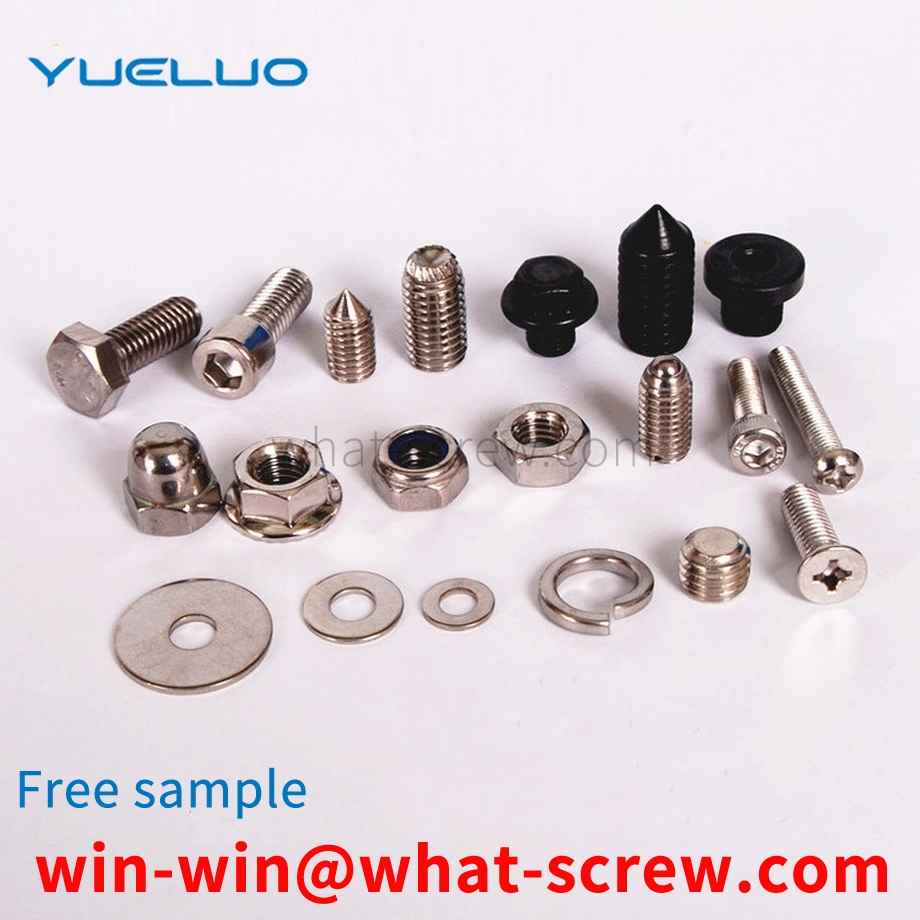
People often think that magnets attract stainless steel to verify its pros and cons and its authenticity. If it does not attract non-magnetism, it is considered to be good, and it is genuine; if it is magnetic, it is considered to be counterfeit. In fact, this is an extremely one-sided, unrealistic and wrong identification method. There are many kinds of stainless steel screws, which can be divided into several categories according to the organizational structure at room temperature: 1. Austenite type: such as 304, 321, 316, 310, etc.; 2. Martensite or ferrite type: such as 430, 420, 410, etc.; Austenite type is non-magnetic or weakly magnetic, and martensite or ferrite is magnetic. Most of the stainless steel usually used for decorative tube sheets is austenitic 304 material, which is generally non-magnetic or weakly magnetic, but may also appear magnetic due to fluctuations in chemical composition or different processing conditions caused by smelting, but this cannot be considered as a Counterfeit or substandard, what is the reason for this? As mentioned above, austenite is non-magnetic or weakly magnetic, while martensite or ferrite is magnetic. Due to component segregation or improper heat treatment during smelting, a small amount of martensite or ferrite in austenitic 304 stainless steel will be caused. body tissue. In this way, 304 stainless steel will have weak magnetism. In addition, after cold working of 304 stainless steel, the structure will also be transformed into martensite. The greater the cold working deformation, the more martensite transformation, and the greater the magnetic properties of the steel. Like a batch of steel strips, Φ76 tubes are produced without obvious magnetic induction, and Φ9.5 tubes are produced. The magnetic induction is more obvious due to the large deformation of the bending and bending. The deformation of the square rectangular tube is larger than that of the round tube, especially the corner part, the deformation is more intense and the magnetic force is more obvious. In order to completely eliminate the magnetic properties of 304 steel caused by the above reasons, the stable austenite structure can be restored by high-temperature solution treatment, thereby eliminating the magnetic properties. In particular, the magnetic properties of 304 stainless steel caused by the above reasons are completely different from those of other materials such as 430 and carbon steel, which means that the magnetic properties of 304 steel always show weak magnetic properties. This tells us that if the stainless steel strip is weakly magnetic or completely non-magnetic, it should be judged as 304 or 316 material; if it is the same as carbon steel, it shows strong magnetism, because it is judged as not 304 material.
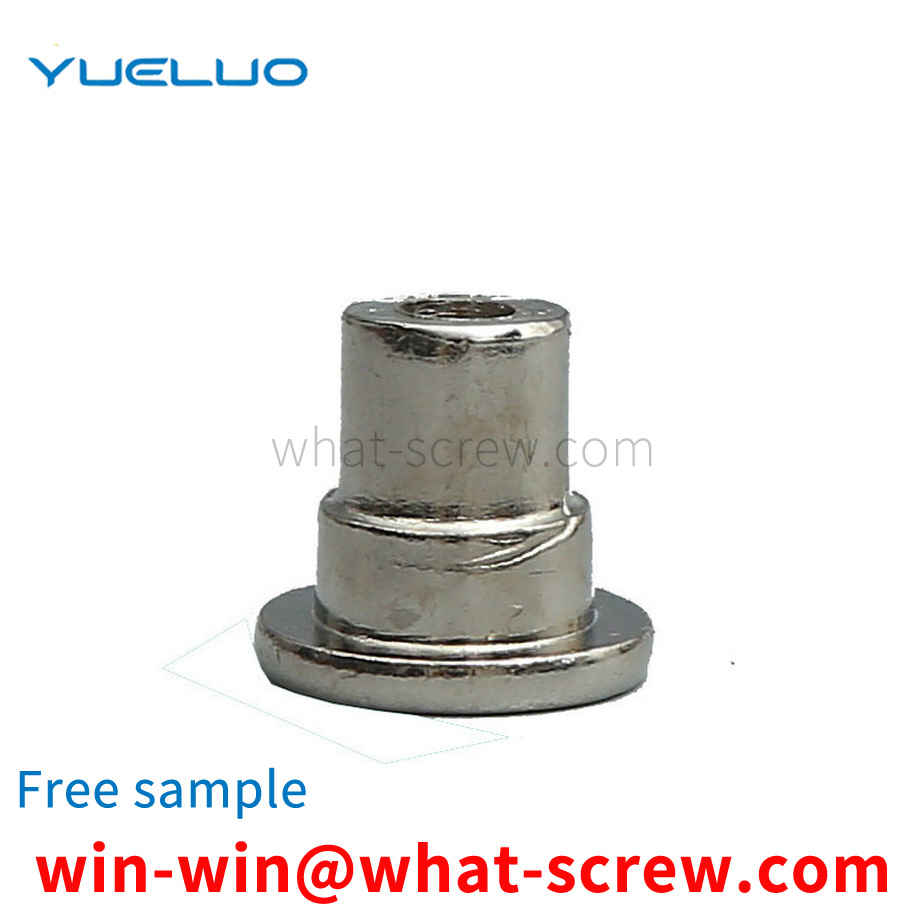
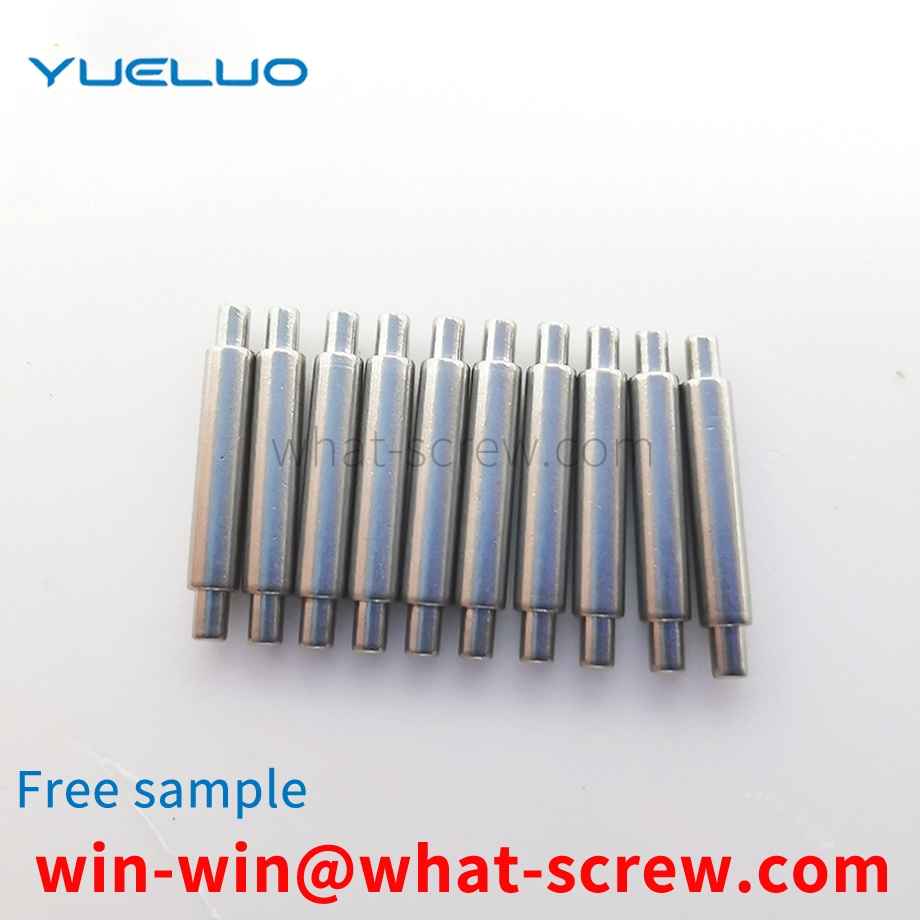
captive screw is a commonly used pressure riveting part. Usually the captive screws are directly riveted on the motherboard, so as to play the role of fixing the components, and there is a high requirement for the distance between the opening holes on the component. Once the distance between the through holes on the component and the If the distances between the riveting holes on the motherboard do not match, the components cannot be riveted on the motherboard, which will result in defective or scrapped products, thereby increasing production costs and reducing production efficiency.
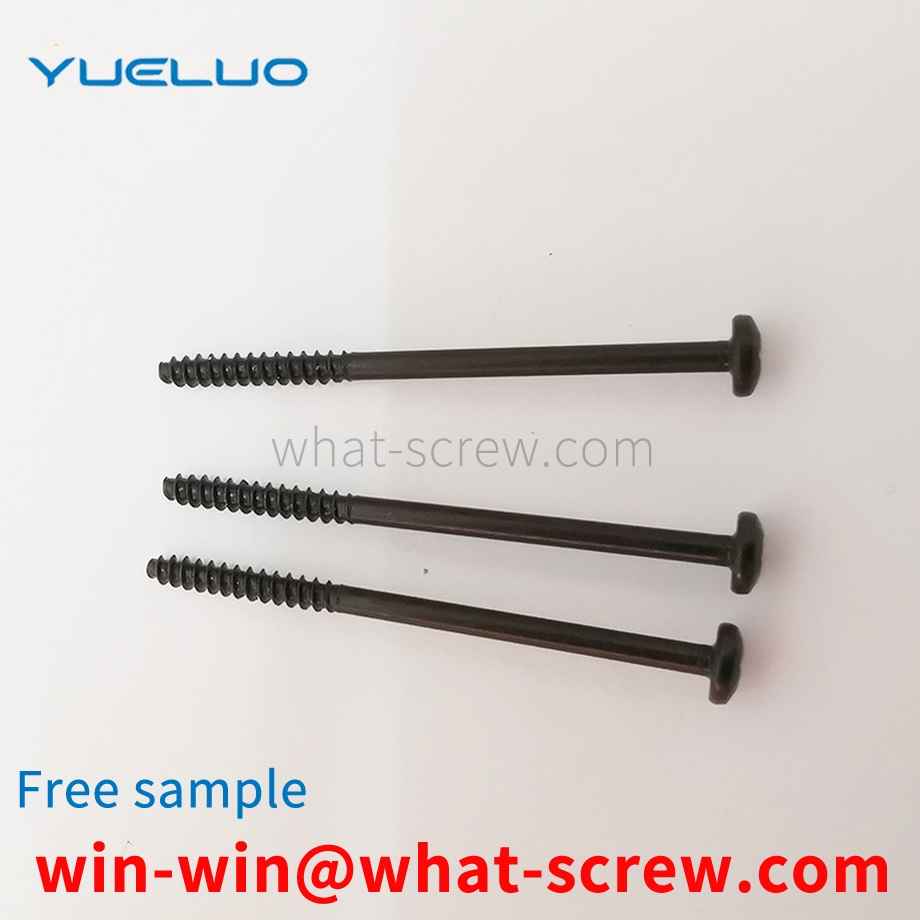
There are generally two, one is iron, that is, carbon steel. One is stainless steel, and of course there are copper and aluminum nuts, but these are rarely used. Copper is more or less useful, and nuts like aluminum are rarely used.
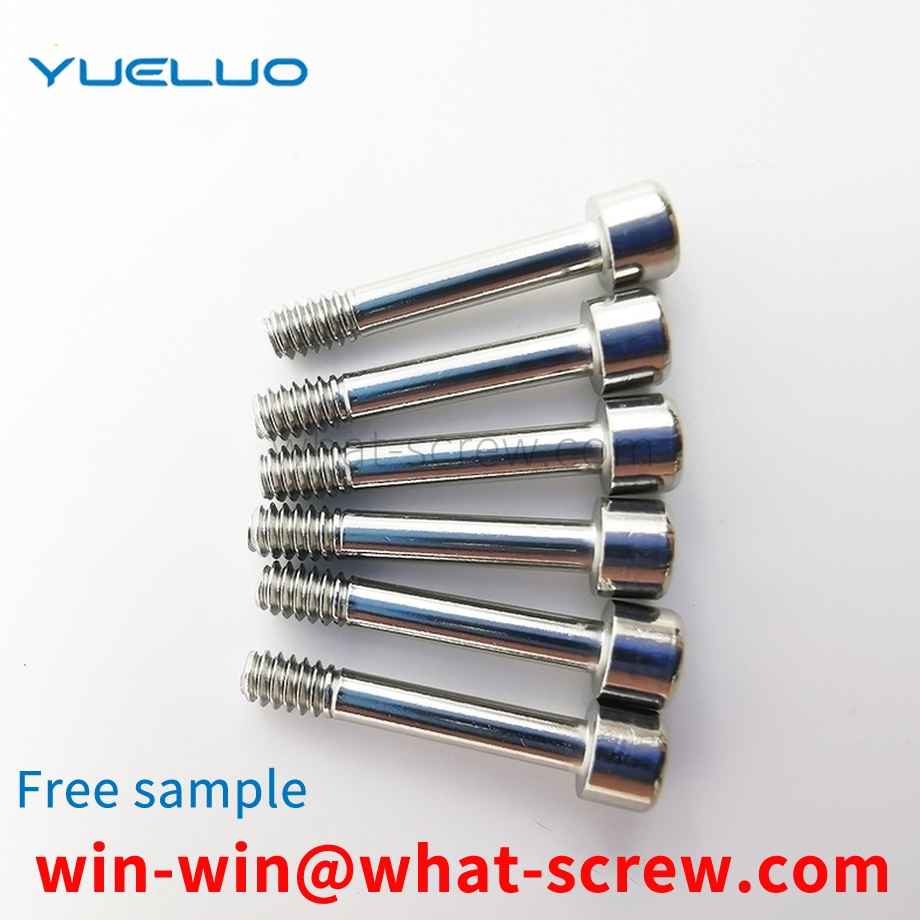
The above content is uploaded by Yueluo or the Internet. If there is any copyright issue, please contact [email protected].

What is the tolerance range of precision screws?

How to choose the right stainless steel screw manufacturer?

Why is there an R angle under the head of the hexagon head s...

We have more than ten years of experience in screw industry ...

We have more than ten years of experience in screw industry ...

We have more than ten years of experience in screw industry ...

We have more than ten years of production experience in the ...